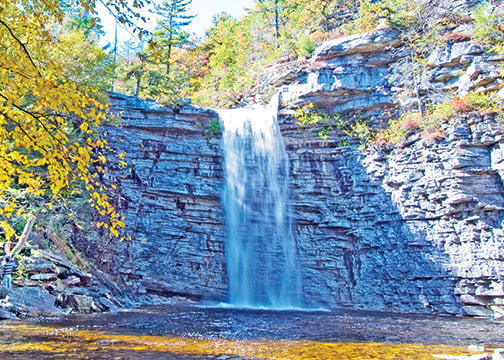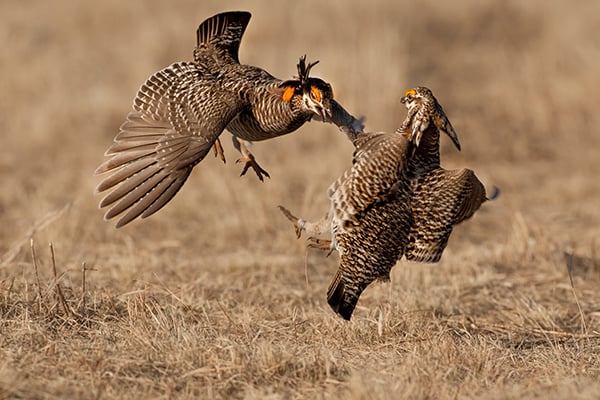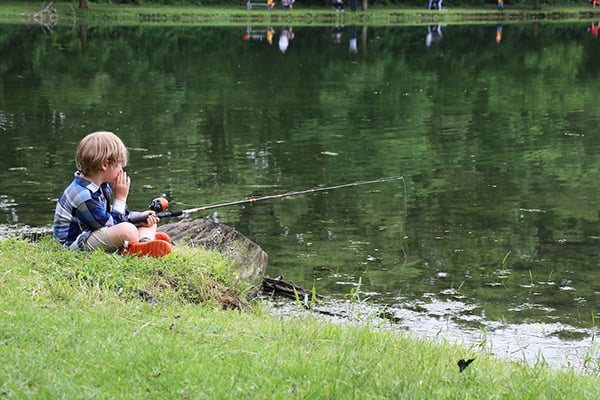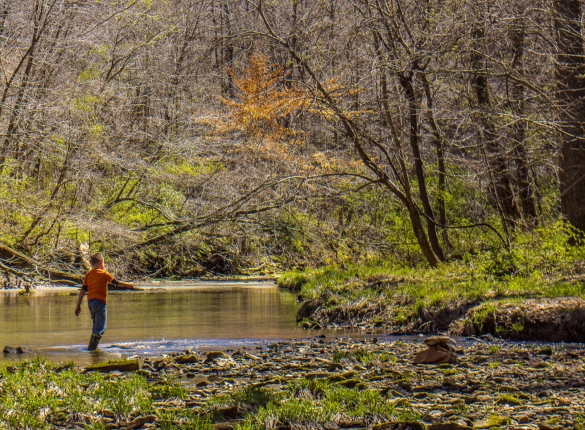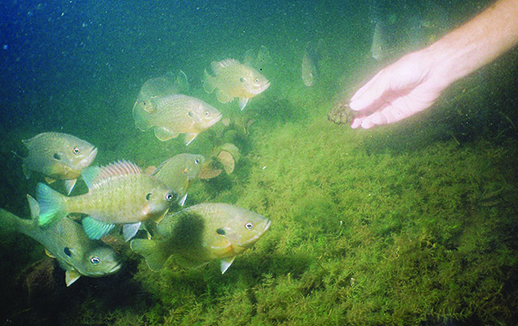Insight into the inner nature of modern hard water angling – Outdoor News
Webster’s defines insight as “the power or act of seeing into a situation” and “the act or result of apprehending the inner nature of things…”
Wow, that about sums up the challenges of the universe, eh? Gain insight into any topic and we actually apprehend the inner nature of that topic.
My years of catching fish through the hard water have produced a few “fishing insights,” so allow me to expound on some tactics that I believe speak to the inner nature of hard-water fishing.
Tungsten jigs
Let’s start with the biggest (or at least hardest) thing to hit ice jigs in the past decade: tungsten.
Ice anglers associate tungsten with aggressive fish and deep water. But an undersize profile in tandem with tungsten’s added weight offers a great tool to detect non-biters, especially when combined with fast action rods and a thin diameter braid.
Expect your rod tip to display a slight bend when the bait is in the strike zone. It is mandatory to focus on what the lure is doing. Set the hook if your “gut feel” suspects a bite is happening.
Like I always say at seminars, “hook-sets are free.” So what if there wasn’t a fish there?
Marching orders: Understand the fish
All species receive food and survival information through their senses: smell, taste, sound, vibration (via lateral line), and vision. In winter, their decreased metabolism translates into a slower reaction time thanks to less food availability and the fact that their underwater environment has been tremendously altered!
We need to recognize these senses along with instinct, habitat, and learning. Then plan and react to these conditions accordingly. Patterns may exist on some outings, but it’s not unusual if we can’t find one. Each day is a new challenge; one day is one-fish-at-a-time with a variety of techniques and presentations, and on another day, one lure will perform for 12 hours straight!
Grub placement 202
Conventional wisdom on waxworm tipping among ice fishing experts holds that we place them adjacent to the head. With wigglers, it’s close to the bevel end.
For a more distinct appearance, I thread a waxworm with the hook point entering under the head and exiting from the center of the body – similar to jig worm for open water bass. Squish two to three wigglers on a hook for additional scent to attract crappies and sunfish, especially when dealing with dogged biters.
Braid ice line
Why aren’t you using braided line? Braided line for crappies, sunfish, and walleyes will eliminate memory and drag resistance. Whether it’s from line or a thick bobber diameter, fish are not fond of any excessive drag.
Also, because of thin line diameter, you’ll see a faster lure descent. An increase in sensitivity is another positive not only for turned off or “negative” fish but neutral moods, too.
We’re also going to accomplish more solid hook-sets due to less stretch but a soft tip rod is necessary to absorb shock and landing. Finally, braids see reduced abrasion when contacting the rim of our ice hole.
The crappie and sunfish vertical spoon change-up
Size, color, action, and rod movement are crucial factors for attracting and triggering any species to bite, but especially – in my many decades of experience – panfish. Tip each tine with wigglers or waxies for sunfish and crappies, or try a minnow head on one tine for crappies.
Again, we’ll accomplish a natural profile by the running the hook parallel to the dorsal fin point forward. Under most conditions, use light, pronounced vibrations, and vary rod movement until one you find a productive combination. Then rinse and repeat!
And sure, pounding the bottom can create interest, but it also can spook fish.
However you attract so-called “willing biters,” set the hook when line slack occurs; bites don’t always occur by feel!
Understanding fish moods
Fishing pressure and weather changes mostly dictate positive, neutral, and negative moods in fish. So we must adjust accordingly with the right lure profile, color, lure movement, and baits. Not one single method will produce every day or even every hour.
In researching and analyzing fish behavior, I have created another mood classification that I have labeled “inactive.” My investigation has revealed that these fish fall between that vast (and often misunderstood) void between neutral and negative.
These fish usually require small, precise, and subtle applications but concentration, patience, and experimentation is imperative! A general increase in lure action and size often can create reflex strikes, but understand that a specific lure and vibration combination may deliver absolutely unstoppable action.
Success: always obtainable
There are no excuses for not catching fish. Today, you have all the information at your fingertips that makes it easy to understand any water body, whether it be lake, reservoir, or river, what is has to offer, why are fish there, and how they’re likely behaving.
Angling is a process of elimination. Every outing, even when we get skunked, should be a learning experience to expand our “insight.” We become advanced anglers with that increase in knowledge.
Source: https://www.outdoornews.com/2023/10/25/insight-into-the-inner-nature-of-modern-hard-water-angling/

